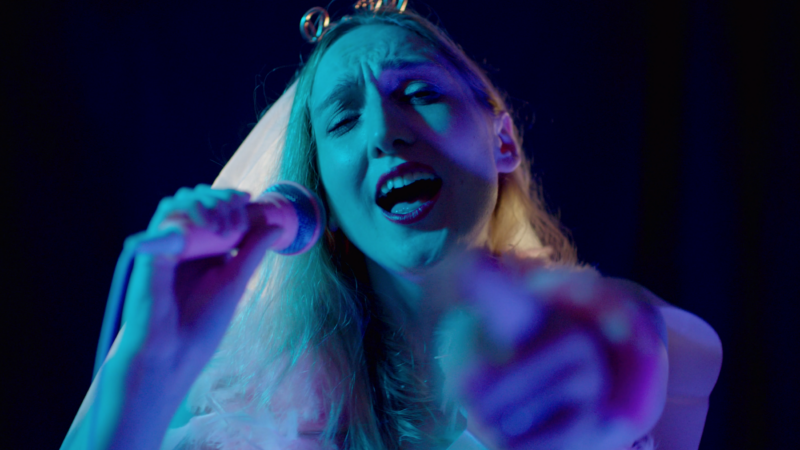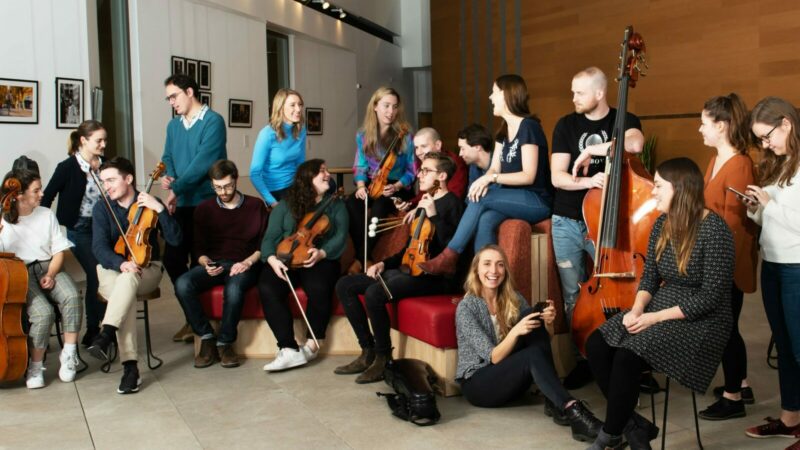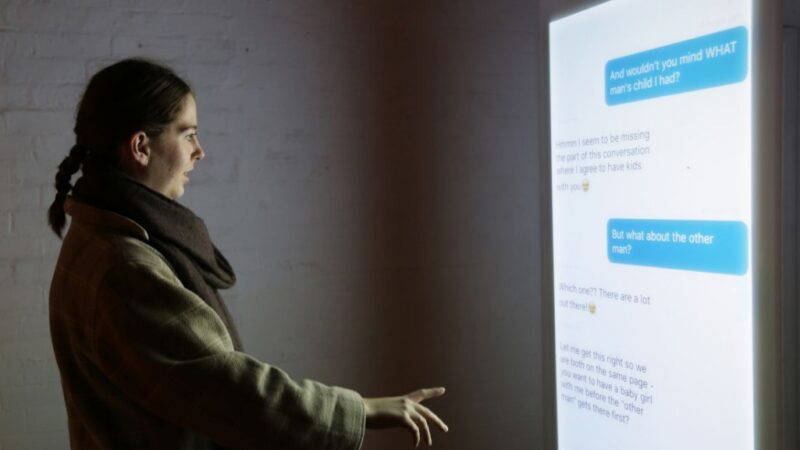The Space and Culture24, presented a free workshop exploring the ways in which digital technologies and platforms could be used by museums, galleries and collections to give greater access to their works and engage audiences in new interactive experiences.
Richard Moss, Culture 24 Content Manager & Editor, discussed some of the critical success factors for the digital curation of collections, presenting examples of projects drawn from museums, collections and galleries from across the UK. Richard also curates Museums Crush, so regularly consults with museums and galleries and was aware of potential misunderstandings within organisations in the role that digital can play.
‘Often different departments have different expectations regarding outcomes – one department could be wholly concentrated on digital activities promoting visitor numbers, whilst others can think that it’s best served telling the stories about the work that you do and engaging audiences this way.’
Richard shared a number of examples of galleries and museums that were using social media to full effect, including Medieval Manuscripts @BLMedieval – who have a niche audience, but are very good at using hashtags etc. to tap into online communities. Another example of which is this post from Museum of English Rural Life @TheMERL which saw visits to their site increase massively.
Both organisations use social media successfully and have proved that there is an audience for irreverant, humouous posts. However, a social media success can be a drain on resources and throw up all kinds of issues and some may say that smaller galleries have freedom to use humour, be irreverent, but larger organisations are less able to be spontaneous.
Richard suggested that organisations:
- Think about each platform carefully, consider what content works well on each and ensure your material is aligned with this
- Try new approaches on social – frame it as an experiment and benchmark it, collect the data. benchmark where you are before start trying anything new so you can engage reaction and think about and how u will measure it
- Use the collection to re-inforce the brand. The collection is part of your brand – convince people across your organisation about the potential it offers
Sarah Toplis, Commissioning Executive for The Space, was joined by Lydia Turnbull from Yorkshire Sculpture Park to talk about SculptureCam, a web based app that allows the park’s 480k visitors a year to explore, photograph and interact and with the sculptures via their mobile device. Visitors match the sculptures they see with the silhouette frames on their mobile device, take a photo and are rewarded with a 360 degree animation whilst their photograph contributes directly to an archive of photographs of the sculptures, a valuable and archival educational resource.
Sarah explained that The Space was interested in supporting the development of this project as Sculpture Cam plays into an existing visitor behaviour, that is- one of the most common things people do when visiting the park is to take photos. YSP wanted to encourage this behaviour in a way which inspired curiosity about the sculptures, that could also be shared and become art in the online space.
Lydia informed the group that visitors to the park love to take photos of the sculptures and interact through socially sharing their images online. SculptureCam is an extension of this and is ncouraging the public to contribute to an online 3D archive.
The development of the app was a steep learning curve. Prior to the launch, YSP ran focus groups with local families, school groups and YSP friends. During this testing period, the team decided to change one or two of the app features, for example, initially, each interaction or photograph taken, users were given a fact about the sculpture, this was changed to a call to action, to further encourage engagement. Lydia also mentioned that the app was launched during October – traditionally a colder, wetter month, so user numbers were not huge at first. She noted that it was equally important to look at the barriers to entry – and to get the fundamentals right!
Sarah and Lydia’s top tips
- Talk to audiencess find out what they are interested in, use focus groups and encourage a diverse group to test.
- Appeciate that different audiencess have different lives online.
- Challenge yourself and look at those communities
- Examine barriers to entry
How useful was this resource?




